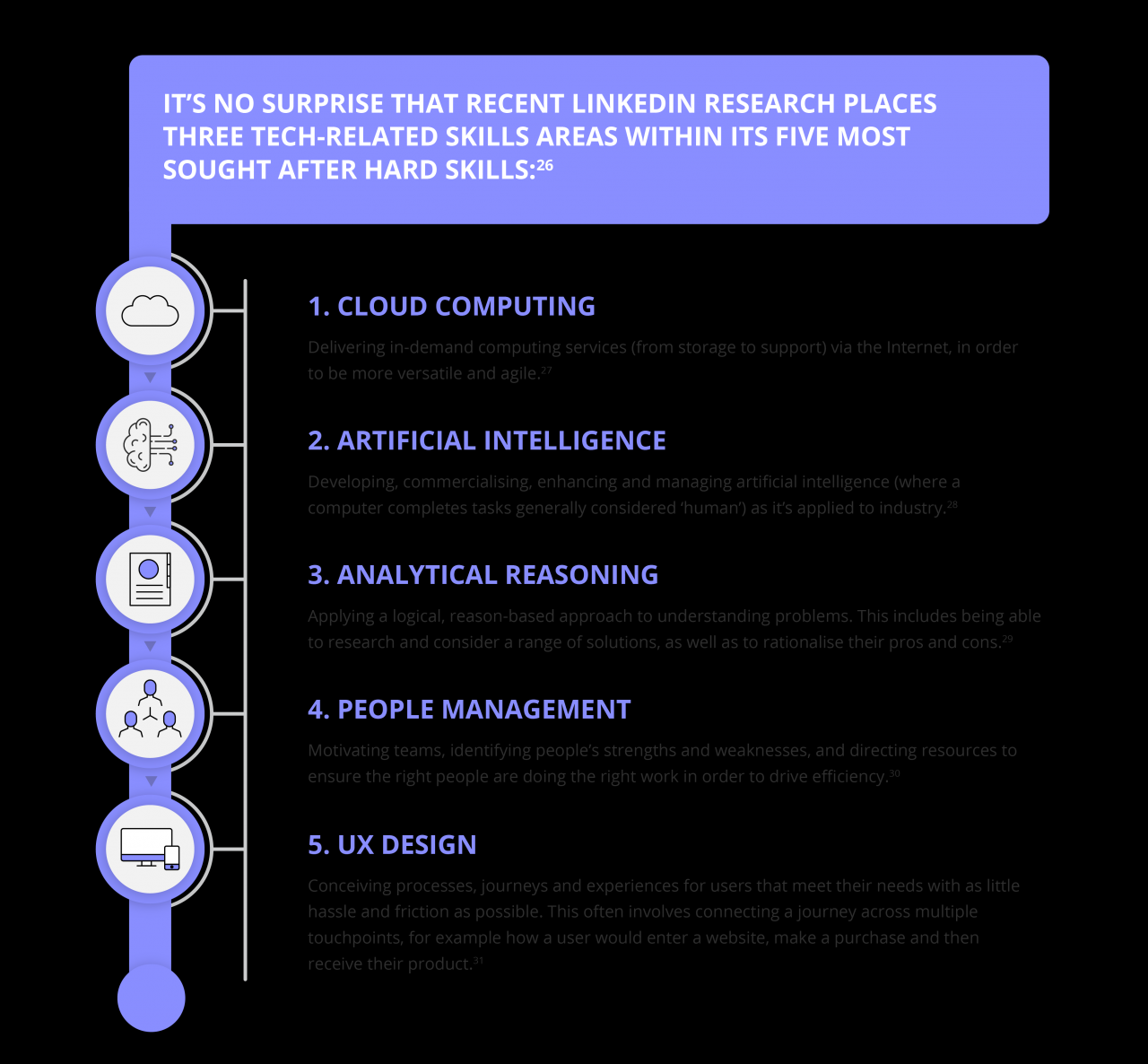Area of development for an employee – Embarking on a journey of employee development, we delve into the multifaceted concept of areas of development, exploring the essential skills, knowledge, behaviors, and leadership qualities that empower individuals to excel in their roles and advance their careers. Through a captivating narrative and engaging insights, we unveil the strategies and techniques that unlock the full potential of your workforce.
In this comprehensive guide, we illuminate the pathways to skill development, knowledge expansion, behavioral refinement, leadership cultivation, and career advancement. We provide practical guidance on identifying skill gaps, creating personalized development plans, and leveraging training and development programs to maximize employee growth.
Join us as we unravel the secrets of nurturing a workforce that is equipped to thrive in the ever-evolving business landscape.
Area of Development for an Employee
Continuous professional development is crucial for employees and organizations alike. It enables individuals to enhance their skills, knowledge, and behaviors, ultimately contributing to improved job performance and career advancement. Here are key areas of development that organizations should focus on:
Skill Development
Essential skills for employees to develop include technical proficiency, problem-solving abilities, communication skills, and adaptability. Continuous skill enhancement benefits both employees and organizations by increasing productivity, enhancing job satisfaction, and promoting innovation.
- Identify skill gaps through performance reviews and assessments.
- Create personalized development plans tailored to individual needs.
- Provide opportunities for on-the-job training, workshops, and online courses.
Knowledge Expansion
Staying up-to-date with industry trends and advancements is vital for employees to remain competitive. Methods for acquiring new knowledge include formal education, workshops, and self-directed learning.
- Encourage employees to pursue certifications and advanced degrees.
- Organize industry-specific workshops and conferences.
- Provide access to online learning platforms and resources.
Behavioral Development
Key behavioral competencies that contribute to workplace success include effective communication, teamwork, and problem-solving skills. Techniques for developing and improving behavioral traits include training, coaching, and role-playing exercises.
- Conduct behavioral assessments to identify areas for improvement.
- Provide opportunities for employees to practice and receive feedback.
- Foster a culture of open communication and collaboration.
Leadership Potential
Leadership qualities such as strategic thinking, decision-making, and interpersonal skills are essential for organizational growth. Assessing and developing leadership potential within employees involves observing performance, providing mentorship, and creating leadership development programs.
- Establish clear leadership criteria and competencies.
- Provide opportunities for employees to demonstrate their leadership abilities.
- Create mentorship programs that connect employees with experienced leaders.
Career Advancement
Factors that influence career progression include performance, potential, and opportunities. Setting career goals and creating a development roadmap help employees plan their future growth.
- Provide career counseling and guidance to employees.
- Create opportunities for employees to take on new challenges and responsibilities.
- Foster a culture of mentorship and networking.
Performance Evaluation
Clear performance evaluation criteria aligned with development areas are essential for employee growth. Regular feedback and coaching support employee development, while performance reviews identify areas for improvement and set future development goals.
- Establish performance evaluation metrics that align with organizational goals.
- Provide timely and constructive feedback to employees.
- Use performance reviews as a tool for identifying training and development needs.
Training and Development Programs, Area of development for an employee
Tailored training programs address specific development needs and enhance employee skills and knowledge. Training methods include workshops, online courses, and on-the-job training.
- Conduct a training needs analysis to identify areas for improvement.
- Design and implement training programs that are engaging and effective.
- Evaluate the effectiveness of training programs and make adjustments as needed.
Summary: Area Of Development For An Employee

In conclusion, fostering areas of development for employees is not merely an investment in their individual growth but a strategic imperative for organizational success. By embracing a holistic approach to employee development, businesses can cultivate a workforce that is adaptable, innovative, and driven to achieve exceptional results.
The insights and strategies Artikeld in this guide provide a roadmap for unlocking the full potential of your employees, empowering them to excel in their roles, and propelling your organization towards sustained growth and prosperity.
Frequently Asked Questions
What are the key areas of development for employees?
Skill development, knowledge expansion, behavioral development, leadership potential, and career advancement are the core areas of development for employees.
How can I identify skill gaps in my employees?
Conduct performance evaluations, observe employees in their roles, and seek feedback from colleagues and supervisors to identify skill gaps.
What are the benefits of continuous skill enhancement for employees?
Continuous skill enhancement boosts employee confidence, increases job satisfaction, enhances performance, and supports career advancement.